Principals of Bar Code Reading

- A bar code consists of white and black bars. Data retrieval is achieved when bar code scanners shine a light at a bar code, capture the reflected light, and replace the black and white bars with binary digital signals.
- Reflections are strong in white areas and weak in black areas. A sensor receives reflections to obtain analog waveforms.
The analog signal is converted into a digital signal via an A/D converter. (Binarization) - Data retrieval is achieved when a code system is determined from the digital signal obtained. (Decoding process)

Types of Bar Code Scanners

CCD Method
This method uses a semiconductor device called CCD(Charge Coupled Device), which converts light signals into electric signals
The CCD method bar code scanner has a built-in light. A scanner shines this light at a bar code and its reflection is captured via CCD for reading.
A bar code is captured once, allowing fast reading. There are no movable parts and impact resistance is excellent.

Laser Method
Laser light is shone on the label surface and its reflection is captured by a sensor (laser photo detector) to read a bar code. A laser beam is reflected off a mirror and swept left and right to read a bar code.
Using laser allows reading of distant and wide bar code labels.

Pen Method
This method only has a LED light source and a sensor to capture its reflection. Since a person moves a scanner to read a bar code, practice is required for operation.
The mechanism is simple, making this method inexpensive.

